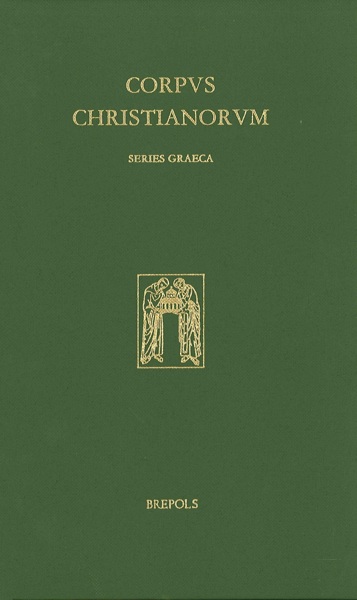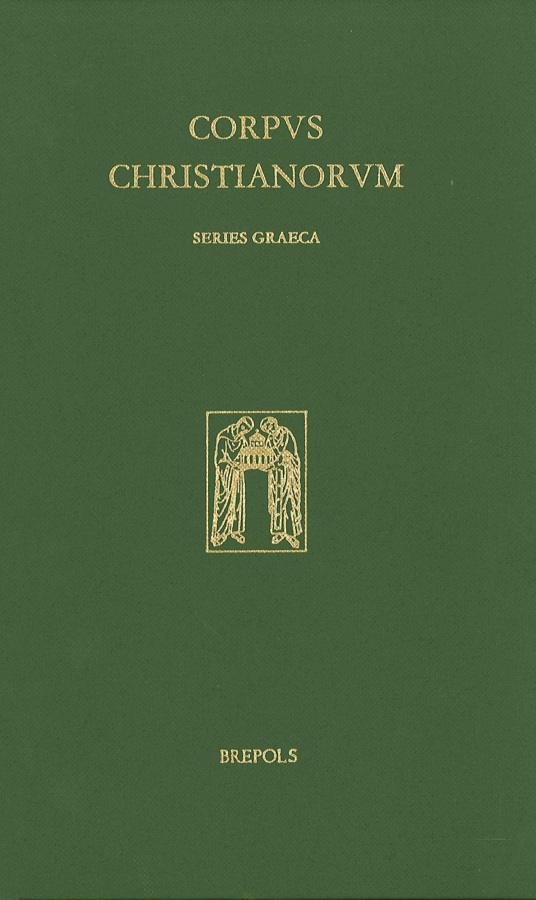
- Pages: 287 p.
- Size:155 x 245 mm
- Language(s):Greek, French
- Publication Year:2006
- € 200,00 EXCL. VAT RETAIL PRICE
- ISBN: 978-2-503-40591-9
- Hardback
- Available
Be sure to check out also the English translation of this text by J.A. Munitiz (CCT 7)!
The present editor, Joseph A. Munitiz was asked by Richard shortly before his death in 1976 to complete the edition of the original collection. One might have hoped that since 1976, and in particular with the collation of the manuscripts discovered by Richard - for he himself had not drawn up any apparatus criticus for his proposed edition - it would have been possible to establish a text that was reasonably close to that first composed by the monk of Sinai. But it became clear over the years that some uncertainty was likely to remain. The many revisions and adaptations suffered by the original text meant that very few uncontaminated witnesses had slipped through the sieve created by Byzantine librarians and copyists. Only two manuscripts preserving a large proportion of the original collection have survived. Fortunately, a small number of partial manuscripts, and the evidence of the other Collections, allows one to build up a likely text. The haphazard nature of the content of the Original Collection does suggest that the whole collection may have originated after the death of Anastasios. A disciple or group of admirers may have felt that it would be helpful to publish the various questions and answers that had been composed during the author's lifetime and found in a dossier among his papers. At present this Original Collection contains the answers to certain groups of answers (e.g. concerning providence, alms giving, salvation of the non-baptised, wonders and prophecies, sexual ethics, forgiveness of sins), but intercalated among them are isolated problems with no obvious connection (e.g. concerning capital punishment, Paradise, dreams, female infertility). They all fall under the general heading of pastoral theology and are clearly intended to deal with the preoccupations of a lay, rather than a monastic, audience, even if their preservation was ensured by largely monastic compilations.





